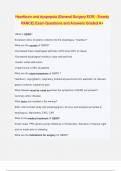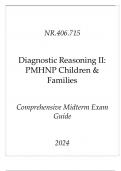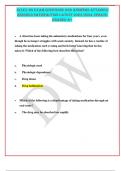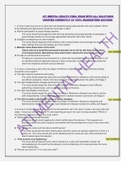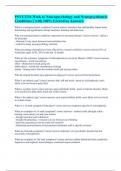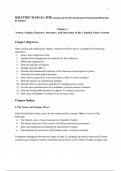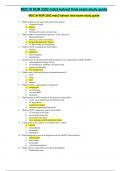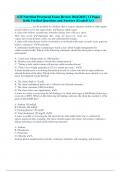Tentamen (uitwerkingen)
Heat and Mass Transfer: Fundamentals and Applications 6th Edition Yunus. THE SOLUTIONS MANUAL
- Vak
- Instelling
- Boek
Heat and Mass Transfer: Fundamentals and Applications 6th Edition Yunus SOLUTIONS MANUAL. TABLE OF CONTENTS CHAPTER 1: Introduction and Basic Concepts CHAPTER 2: Heat Conduction Equation CHAPTER 3: Steady Heat Conduction CHAPTER 4: Transient Heat Conduction CHAPTER 5: Numerical Methods in Hea...
[Meer zien]




